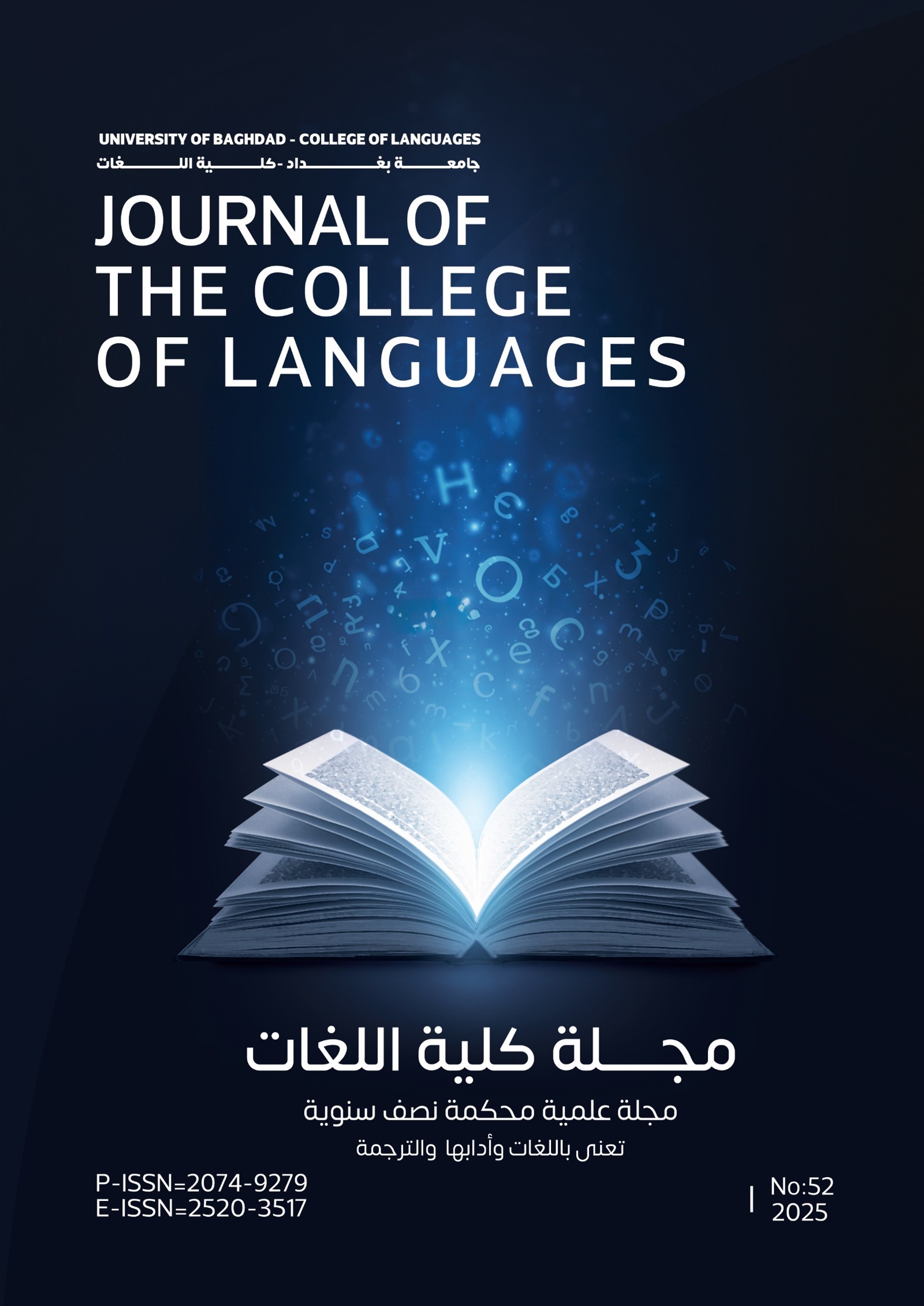El porqué de la confusión entre el pretérito indefinido y el imperfecto en la lengua española para alumnos de Irak The reason of confusion between past perfect and imperfect in Spanish for Iraqi students
DOI:
https://doi.org/10.36586/Keywords:
Spanish grammar, phrases analysis, confusion, Past perfect, Past imperfectAbstract
Las diferencias entre el pretérito perfecto simple y el imperfecto son uno de los temas más complejos de la lengua española, no sólo para el estudiante, sino para el profesor, puesto que sistematizar los casos y hacerlos fácilmente comprensibles al alumno es tarea difícil. Los profesores de lengua, cuyas investigaciones han dado lugar a una serie de teorías y de corrientes metodológicas y didácticas que permiten enfocar la enseñanza de una lengua extranjera de manera muy distinta a como se hacía tradicionalmente. Vamos a repasar muy brevemente cuáles son estas teorías.
En primer lugar es necesario señalar en qué consiste el aprendizaje de una segunda lengua:
"El aprendizaje de una segunda lengua (L2) es el proceso por el que un individuo adquiere un nivel de competencia lingüística y comunicativa que le permite entrar en interacción con una comunidad lingüística que no es la suya propia" [Santos 1993,118].[1]
Abstract :
The present research is about the confusion facing the students in choosing either the past perfect or imperfect; this problem is due to the differences between the Arabic grammar and that of the Spanish in expressing the past.
In Arabic there is only one type of past, while in Spanish there are 5 types, The researcher chose only two to compare between them and to find the right method to teach the students the past perfect and imperfect; although the past perfect is just like the Arabic past and is expressed by adverbs followed by the verb in Spanish but it is difficult to determine when to choose past imperfect because it is continuous in the past and has no start and end points.
This research analyses the phrase grammatically and we explained their meanings in Arabic and found out how to deal with the problem and how to teach the student to correct the mistake and how to understand the meaning of the whole phrase in Spanish and how to find the best answer without trying to use Arabic grammar instead of Spanish because of the differences among verbs in these two languages.
So the best way is to give up the traditional method of teaching and start a new brand one through which the student can learn the right Spanish grammar by communication and conversation and help the student to identify his mistakes and correct them by observing the time of the phrase through which the student understand the general meaning of the phrase.








